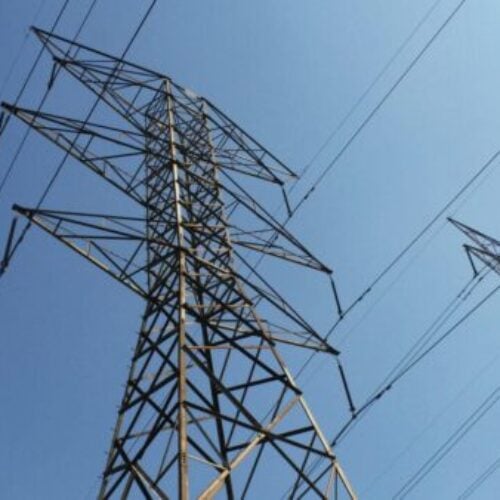SP Energy Networks (SPEN) is to maximise its capacity for renewables and other clean power sources during this month’s COP26 summit in Glasgow by adopting a new substation monitoring solution.
The distribution network operator (DNO) has partnered engineering production firm EA Technology for the rollout, with 197 VisNet monitors having now been installed in Scotland to provide real-time analysis of how its network is being used. Of these, 165 are being used in Glasgow.
The VisNet monitors have been installed at SPEN’s substations, allowing the technology to monitor energy usage and availability within the local area.
The monitors will allow engineers to understand where additional capacity may be available on the network so they can find suitable connections for low carbon technologies such as electric vehicle (EV) chargers and heat pumps.
The increased understanding of the network enabled by the monitors also means areas where capacity is becoming strained can be spotted quicker.
The DNO has already installed some of the monitors in Merseyside, Cheshire and parts of North Wales where it is seeing significant uptake in EVs and heat pumps. It said a number of those are installed on underground circuits, which provides a further level of visibility that enables informed reinforcement planning.
Craig Arthur, SP distribution director (central & southern Scotland) at SP Energy Networks, said the technology will help the DNO see strain on the network across a 24-hour period and ensure it’s utilising capacity as well as possible, “particularly as we see a significant increase in demand during the COP26 event” in Glasgow.
“This is a chance to maximise our capacity for green energy solutions, which ultimately contribute to the UK’s net zero ambitions,” he said.
In June, SPEN announced it would be providing £13 million to create additional capacity in areas of Glasgow it expects electricity demand to grow, with one of these areas being close to the venues where COP26 is being held this month.
The DNO committed to investing £6 million to ensure the additional demand needed in the city can be supported by providing new electrical circuits operated from an existing nearby substation.






